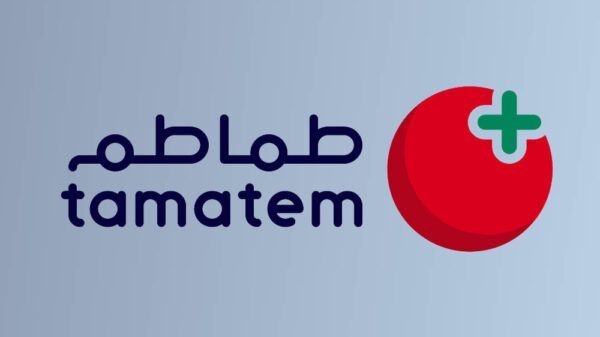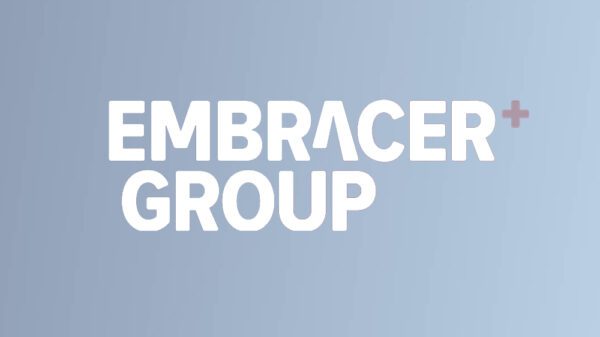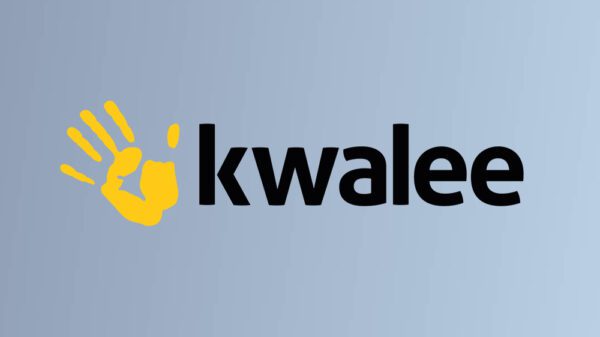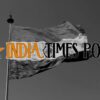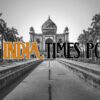Social Conventions
The Indian Hindu greeting is to fold the hands and tilt the head forward to namaste. Indian women prefer not to shake hands. All visitors are asked to remove footwear when entering places of religious worship. The majority of Indians remove their footwear when entering their houses. Because of strict religious and social customs, visitors must show particular respect when visiting someone’s home. Many Hindus are vegetarian and many, especially women, do not drink alcohol. Sikhs and Parsees do not smoke. Small gifts are acceptable as tokens of gratitude for hospitality. Women are expected to dress modestly. Short skirts and tight or revealing clothing should not be worn, even on beaches. Businesspeople are not expected to dress formally except for meetings and social functions. English-speaking guides are available at fixed charges at all important tourist centers. Guides speaking French, German, Italian, Japanese, Russian or Spanish are available in some cities. Consult the nearest Incredible India office. Unapproved guides are not permitted to enter protected monuments. Tourists are advised to ask for guides with certificates from the Ministry of Tourism or Incredible India (see General Info section). Photography: Formalities mainly concern protected monuments and the wildlife sanctuaries. Special permission of the Archaeological Survey of India, New Delhi, is necessary for the use of tripod and artificial light to photograph monuments. Photography at many places is allowed on payment of a prescribed fee, which varies. Contact the nearest Government of India Tourist Office.
Tipping
Taxis and restaurants do not expect to be tipped, however, hotel and airport porters should be tipped around Rs20, and guides and drivers Rs100 per day where service is not included (equaling roughly 10 per cent where appropriate).
Connections to Nepal
The most practical and popular route to Nepal is by train to Raxaul (Bihar) and then by bus to Kathmandu or by train to Gorakphur (or by bus if coming from Varanasi) and then by bus to Kathmandu crossing the border at Sunauli; also, by train to Nantanwa (UP) and then by bus to Kathmandu/Pokhara, or Bhairawa to Lumbini for Pokhara. It is also possible to make the crossing from Darjeeling by bus to Kathmandu across the southern lowlands.
Connections to Bhutan
The best way of reaching Bhutan is by train to Siliguri, then bus to Phuntsholing. There is also an airlink from Kolkata (Calcutta) to Paro by Druk Air.
Road
Of late, the overland route from Europe to India has become very popular, but travelers should have accurate information about border crossings, visa requirements and political situations en route. The most popular border crossings into India are Sunauli (for Delhi and northwest India), Birganj (for Kolkata (Calcutta) and east India) and Kakarbhitta (for Darjeeling). Amritsar is now open for overland crossings into Lahore (Pakistan). Several ‘adventure holiday’ companies arrange overland tours and buses to India. A bus service between New Delhi and Lahore (Pakistan) has recently been launched (the first one in 50 years). The journey takes roughly 10 hours and there are four weekly return trips available. For information on this and other overland routes to neighboring countries, contact India Tourism (see General Info section).
Duty Free
The following goods may be imported into India by passengers over 17 years of age without incurring customs duty:
200 cigarettes or 50 cigars or 250g of tobacco; one bottle of alcoholic beverage (0.95l); 60ml of perfume and 250ml of eau de toilette; goods for personal use; travel souvenirs (differing amounts according to nationality and duration of stay); reasonable quantities of medicines.
Prohibited items
Livestock (bird and bird products, including feathers and eggs, etc) and pigs and pig meat products.
Special Fares
There are various special Indian Airlines fares available to foreign nationals and Indian nationals residing abroad. All are available throughout the year, and may be purchased either abroad or in India, where payment is made in a foreign convertible currency (such as US Dollars or Pounds Sterling). With the exception of the Youth Fare India (see below), discounts of 90 per cent are available for children under two years of age, and of 50 per cent for children aged two to 12. Full details of all the special fares are contained in the India brochure, available from Incredible India. A summary of each is given below. Group discounts of up to 30 per cent are also available.
Road
Traffic drives on the left. An extensive network of bus services connects all parts of the country, and is particularly useful for the mountainous regions where there are no rail services. However, public transport is often crowded and can be uncomfortable. Details of routes may be obtained from the local tourist office. Tourist cars: There are a large number of chauffeur-driven tourist cars (some air conditioned) available in the main tourist centers. These unmetered tourist cars run at a slightly higher rate than the ordinary taxis, and are approved by Incredible India. Self-drive cars are not generally available. Driving around India is not recommended due to the erratic nature of Indian driving standards. Documentation: An International Driving Permit is required.
Urban
Taxis and auto rickshaws are available in large cities and fares should be charged by the kilometer. They do not always have meters but, where they do, visitors should insist on the meter being flagged in their presence. Fares change from time to time and therefore do not always conform to the reading on the meter, but drivers should always have a copy of the latest fare chart available for inspection. Kolkata (Calcutta) has a 16.45km (10 mile) underground railway.
India Travel » Festivals of India › India Travel Tips › Popular Places in India › Popular Monuments in India › Hill Stations in India › Beaches in India › Wildllife Sanctuaries in India


